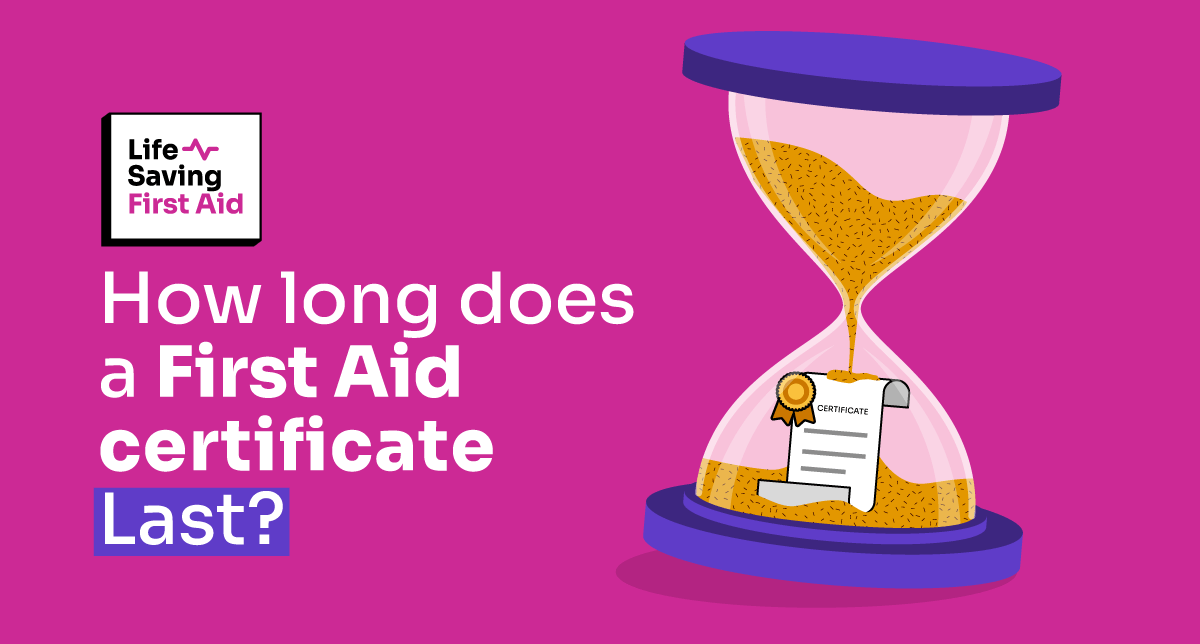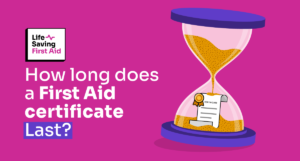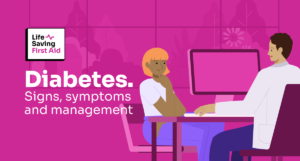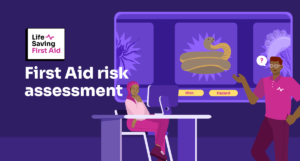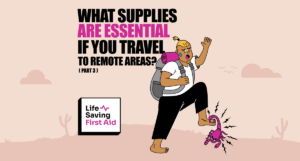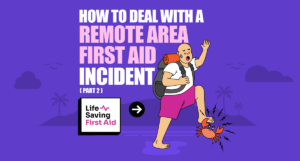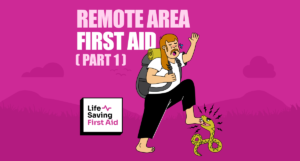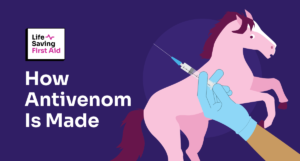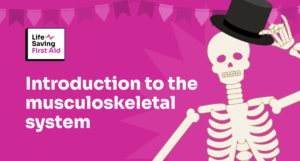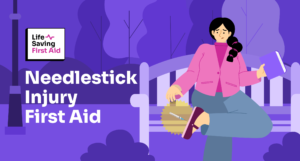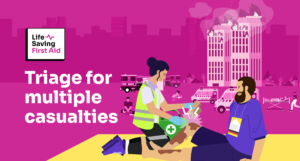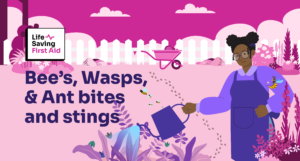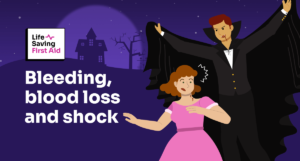How long does a First Aid certificate last?
Good question
How long does a first aid certificate last? We get asked this question in nearly every training session.
The answer is – Actually, a First Aid certificate does not have an expiry or renewal date.
Surprised? So, What’s the catch?
Well, according to the “First aid in the workplace Code of Practice” developed by Safe Work Australia, and I quote:
“First aiders should attend training on a regular basis to refresh their first aid knowledge and skills and to confirm their competence to provide first aid. Refresher training in CPR should be carried out annually and first aid qualifications should be renewed every three years.”
Safe Work Australia is the national policy body responsible for the development and evaluation of Work Health and Safety guidelines. They have recommended that qualifications are renewed:
- Every year for CPR
- Every 3 years for First Aid
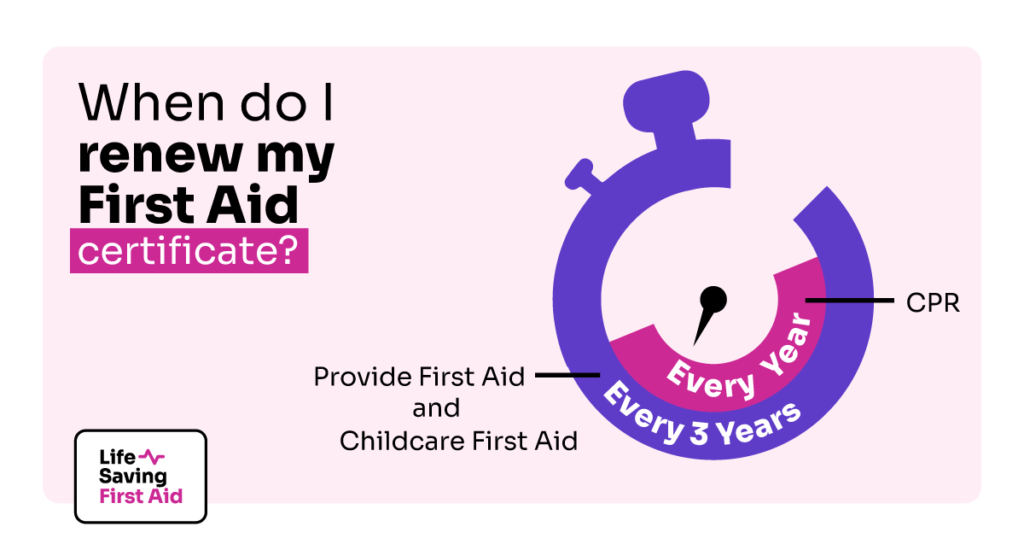
Renew your certificate
You may have noticed that first aid qualifications and courses change every so often. Why, because they are regularly reviewed by industry bodies to ensure they keep pace with any new developments in first aid.
So, renewing your first aid certificate every three years makes sense. Keeps your skills and knowledge current.
A CPR refresher every year also makes good sense as CPR is really effective if done correctly.
Reviewing the proper method to do CPR every year allows you to practice and refresh your CPR skills.
You never know when you may be called upon to help someone.
Back to Blogs
As you can see, this is a very short blog just to answer the question –
“ How long does a first aid certificate last? “
It’s short because I have been busy conducting training sessions and onboarding new trainers. This has taken up most of my time.
Consequently, no blogs for a month!
Hopefully, I can now get back into it.
Watch this space..
Well, that’s that. Until next time….. stay safe
Adrian
